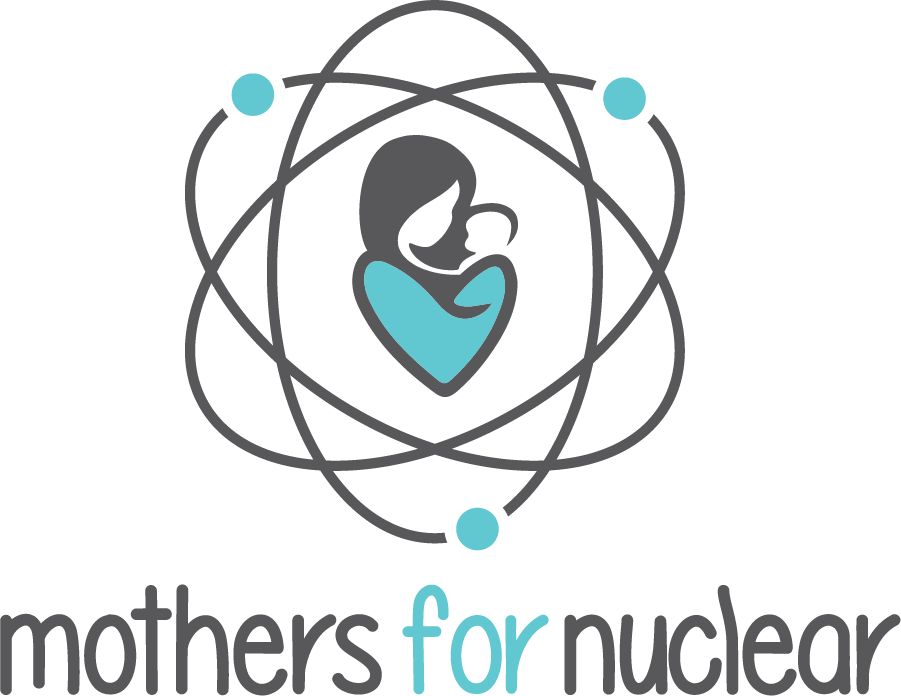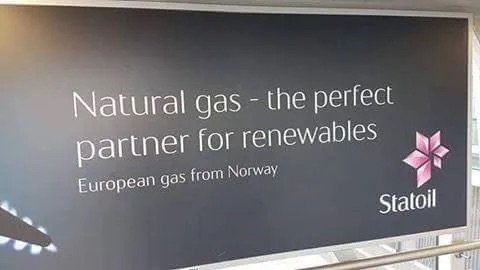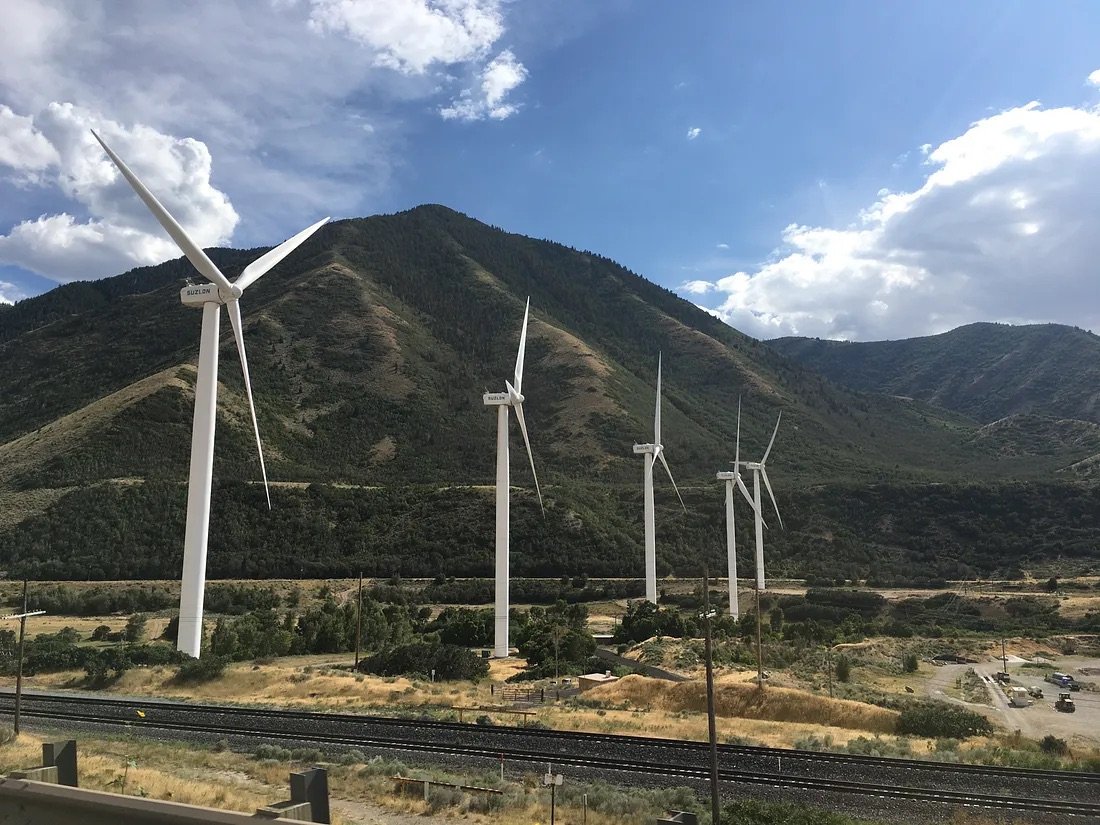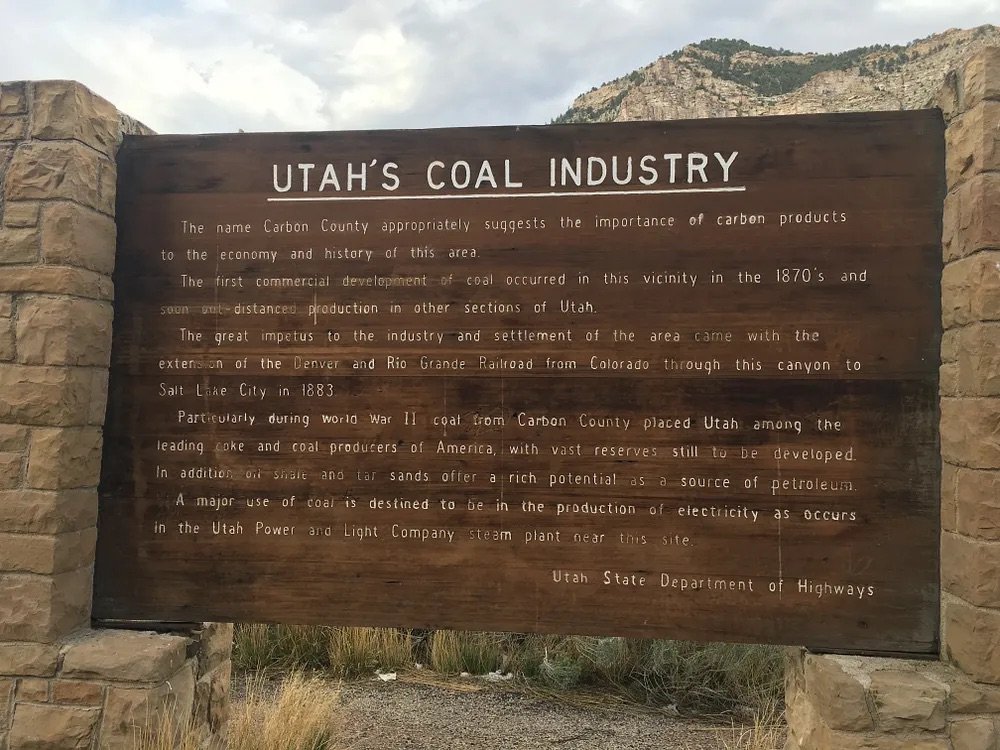Energy, What A Trip
Plunging headfirst into the icy snow-melt, an explosion of senses washes over my body as I am consumed by the penetrating cold of the river. I am awake, alive, as I glide through the clear, steady flow. Numb toes fumble across the rocky bottom as I make my way to shore. Safe on the bank, I stretch out on slab of granite and acknowledge the gift of the sun as its heat radiates into my chilled limbs. This is my happy place.
Rainbow outside of Carbon County, UT
This summer I experienced the beauty of the United States through three national parks, two national monuments, and a dozen national forests. The preservation of these priceless spaces for future generations was not fortuitous, the distinction and protection of these lands is the product of a deliberate and hard-fought battle between conservation, recreation and development. The late 1800’s ushered in an era of conservation, helmed by President Roosevelt and made famous by explorers, artists, and writers who shared the value of these spaces with a country eager for adventure. The years have added lands to these initial holdings, and the balance is always open to reevaluation through the changing winds of political policy and will.
Exploring redwood groves, grateful for their preservation
When I was young, I wandered through these wild places with wide-eyed wonder. Scrambling across boulders and glacial fields, lazing in wide meadows, I had a deep conviction that this land was worth protecting from the harms of human impact. I have tried to instill these values in my children, through story, art, and experience. Since before they could walk I have carried their tiny bodies through miles of forest and mountain, letting their tiny lungs fill with the fresh air and the sun kiss their faces.
I roam miles of wilderness with my children’s dirty sweaty hands clutching tight in mine, and I wonder what these places will become as global climate change ravages our ecosystems. The ever-increasing greenhouse gas concentrations in our atmosphere threaten the future of our planet, and I contemplate what kind of nature walk it will take for more people to get serious about addressing it. Providing energy for a growing planet is important, but it needs to be done in way that preserves the planet for our children.
For many years, I thought that my environmental convictions would pave the way to a better future. I thought that if people simply experienced our planet’s beauty, they would be compelled to act on its behalf instead of indiscriminately plundering its resources. I picked up trash religiously, and took a little red wagon through my neighborhood gathering recyclables from households where their fate was not assured. When I was older I thought renewable energy was going to save the day. My husband worked in the solar industry, and I felt pride in my family’s direct role in cleaning up our energy supply. But as the months and years marched on, I slowly became disenchanted with the massive, toxic battery banks and the belching diesel generators he installed to make these “clean” systems work around-the-clock. On a global scale, the lack of progress in replacing fossil fuels over the last few decades has shown me that renewable energy deployment, like the little red wagon, is a small drop in a very big bucket.
My children are following in my footsteps, at least now while they are still young and impressionable. They treasure this jaunt around the country and take in the sights and sounds that are so different from their day-to-day regime of school, legos and baths. At our campsite, the kids organize an “Earth Rescue Team” and announce that their mission is to save honeybees and to pick up trash. It is adorable. They scour the campsite for trash, wearing their junior ranger vests and badges, picking up cigarette butts and bottle caps left by slovenly visitors. I am pleased that they are learning, but I know in my heart that these actions are not enough to rescue our Earth.
Our energy choices are changing our climate and sickening our people, and air pollution is a visible reminder of this reality. The reach of air pollution extends throughout our ecosystem, and national parks are not exempt from its tentacles. For example, lichens, which many recognize for their beautiful splay of color across rocks, are air pollution early warning systems as they store and accumulate airborne pollutants in their cells. The California Central Valley is one of the most polluted areas in the United States, and not even the forests above it are free from the sickening fog. The residents below live with health effects that they may not even realize are caused by poor air quality. While the World Health Organization estimates that over six million premature deaths per year are caused by this silent killer, the level of public outrage is not commensurate with the threat.
Air pollution over the CA Central Valley. View from Sequoia National Park
The effects of climate change are also readily apparent throughout our national parks as glaciers retreat, sea levels rise, drought and wildfire ravage, vegetation changes, and pests descend on unsuspecting ecosystems with little time for adaptation. It is clear — picking up trash and collecting recyclables is not enough. Our earth needs a rescue, something far greater than the kid’s Earth Rescue Team. As I drove out of Sequoia National Park and stared out the blanket of air pollution enveloping the California Central Valley, I felt a re-charged conviction to do something large enough to save my treasured spaces from the impact of man.
The climate issue does not suffer from lack of complication, its implications reach into nearly every aspect of our lives. Trying to unpack it and find solutions that support both people and the planet is one of the most challenging endeavors of the century. Many well-meaning and environmentally-minded people espouse a mantra that roughly translates to, “we could fight climate change if only we wanted to.” They cite a (now debunked) study by Stanford’s Mark Jacobson to preach the possibility of a 100% renewable energy system.
While many will paint a rosy picture of our clean energy prospects and protest the use of fossil fuels, it is meaningless unless we have a viable way to maintain our modern lives without needing and using fossil fuels. The broad and visible mark left on our landscape by miles of solar panels and mountain passes of wind farms can give the impression that renewable energy sources are booming. They are certainly growing, but unfortunately they have not been effective at reducing our reliance on fossil fuels. Conversely, because of the intermittent nature of these sources, fossil fuels have a cozy niche to fill in the energy markets, and natural gas has become the backup source of choice for grids that are made to flex to accommodate the whims of weather and rotation of the earth. It is not hard to understand why natural gas companies are openly pro-renewable energy — it is a goldmine for their business.
Statoil is the world’s eleventh largest oil and gas company
Earlier on this journey we drove through the Spanish Fork Canyon in Utah, past a 18.9MW wind facility comprised of nine giant wind turbines. The US Energy Information Administration reports an average 34.7% capacity factor for wind in 2016. This relatively low capacity factor means the actual electric output of a wind facility over a given period of time is far less than its maximum capacity. It isn’t any wonder that an hour further down the road we found ourselves in Carbon County, UT, the proud center of Utah’s coal industry. Intermittent sources like wind cannot supply reliable power on their own, which is one major reason why the coal industry is still alive and kicking in a country as advanced as the United States of America.
Wind farm near Spanish Fork Canyon, UT.
Further down the road is the heart of Utah’s coal industry.
The scientific critique of the 100% renewable energy dream illuminates some flaws that, as a humanist and an environmentalist, I cannot accept. The proposition of covering tens of millions of acres with solar panels and wind farms has serious environmental impacts and public concerns that deserve our attention before marching forward with blind allegiance. The proposal of a broad expansion of hydroelectric power sets off the conservationist in me. I grew up in a small town that was almost a lakeside retreat. Through years of advocacy and activism, citizens stopped the proposed dam and saved the gorgeous canyon from its near-future as a speedboat showground. Existing hydropower can be a valuable clean energy source, but damming more rivers, if we had any more, is not a popular or environmental solution to our clean energy challenges.
The study does not alleviate the real challenge of intermittency (we still haven’t invented a way to make the sun shine or wind blow on demand), and the total system cost impacts would be enough to put a serious dent in most everyone’s budget, at least the famed 99% of us. The nail in the coffin for me is that the 100% renewable energy proposition is based on keeping the developing world in poverty, which essentially sentences billions of people to low quality of lives and early death. This vision, in my opinion, is a non-compelling non-solution, loosely translated into “if only we change everything about our modern lives and keep the developing world in poverty, and agree to pay far more, we can take action on climate.” Pass.
Nimble environmental organizations that are not beholden to funding based on popular opinion are feverishly researching the energy landscape and have raised the alarm on a clean energy crisis. Globally, demand for energy is growing, and clean energy is not keeping pace. Fear of nuclear energy, our largest source of low-carbon power in the United States, is one of the reasons behind the planned and premature closure of nuclear plants that could otherwise continue operations for many years into the future. Even with a clean energy crisis on our hands, it seems that our people and policymakers are more concerned about a hypothetical nuclear disaster than the very real climate crisis before them.
France and Sweden showed the world that nuclear energy has the ability to replace fossil fuels when they achieved massive decarbonization in their energy sectors following the oil crisis in the 1970’s. How did they do it? They built nuclear. Now, nuclear provides approximately 75% of France’s electricity. As an added perk, the French enjoy some of the cheapest electricity in Europe, according to the European Union. Conversely, Germany has recently shown us how very much a country can spend on renewable energy (hundreds of billions of dollars) without making a dent in their emissions. German electricity remains 10x as carbon intensive as French electricity, according to an analysis of 2016 data by Environmental Progress. New and different clean energy solutions may be in our future, and I fervently hope there will be many breakthroughs in all clean technologies, but the planet doesn’t have time to wait for a clean energy miracle before taking action. We need to reduce emissions now, and recent history has shown us that we need nuclear for around-the-clock, emission-free electricity to achieve that. Access to clean, abundant energy will allow people around the world to have a high quality of life, with minimal impact on human health and the natural environment.
I have changed. I still pick up trash obsessively and even lugged our road-trip recyclables across three states until I could find a proper facility, but I realize that my true environmental goals will not be realized by these small steps alone. Our planet needs broad action and support for a diverse portfolio of clean energy. There are well-suited applications for almost every clean energy source out there. The solar/inverter/battery system on my van is an excellent alternative to the diesel generators that many campers employ. The off-grid system at the middle-of-nowhere adobe home that we stayed at in New Mexico was a great application of solar. It kept the refrigerator working, provided a cell phone charge (during the day), and allowed limited use of lights. Without going into all of the pros and cons of each source, it is fair to admit that no one energy source is perfect for every situation. Before we all wrap ourselves in the cozy blanket of “renewables are going to save the day,” we need to make decisions based an honest evaluation of the limitations of each energy source.
Off the grid with a solar (and candle) system in New Mexico
We breathe air 24x7 and should not be satisfied with energy mixes that provide clean energy for only a portion of that time. Abundant reliable clean energy will also allow us to clean up our transportation sector and remove polluting vehicles from our roads. With a vision for an achievable clean energy future that is within our grasp, we will be able to do more than just raise the alarm on climate and air pollution — we will have a workable solution.
Envision a world where greenhouse gas emissions have been curbed and air pollution is a thing of the past. Imagine land conservation for future generations. Imagine global access to abundant clean energy. It is a beautiful future. A 1730’s inscription on a church wall in Sussex, England reads, “A vision without a task is but a dream. A task without a vision is drudgery. A vision and a task are the hope of the world.” Preserve existing nuclear. Build more nuclear. Innovate advanced nuclear and all clean energy technologies. There is hope for our world.
- Kristin Zaitz
This story was originally posted on Medium.









